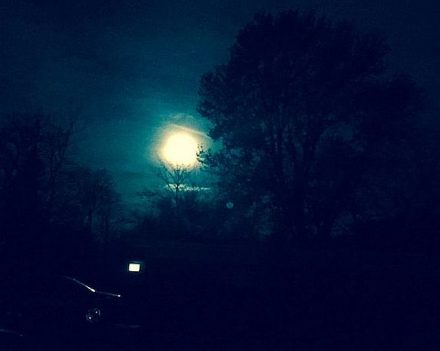
We’re celebrating Spring, a good time to applaud the two astronauts’ return to Earth and the change of seasons.
It’s OK to be confused. Those of us recently told to “Spring forward” might have thought our weather was about to change along with our moving one-hour-ahead time.
For many of us in the Midwest it did. We didn’t get much flower and crop growing rain. But we experienced some warmer temps. Strangely enough they came every other day as if Mother Nature was trying to balance the seasonal changes in weather.
Well, now that we are actually checking our phone or2025 paper calendar we see that Spring is marked as happening on Thursday, March 20. Why?
In the Northern Hemisphere Spring is tied to the March Vernal Equinox. That is when the Sun crosses the middle of the equator moving from south to north. It is also the first day of Autumn in the Southern Hemisphere.
In Chicago, Illinois, that happens at 4:01 am CDT, Thursday, March 20, 2025. (Corresponding UTC is at 09:01.)
Remember that Meteorological Spring started on March 1 and runs through May 31 every year no matter the timing of the vernal equinox.
For more information visit Spring Time and Date and Farmers’ almanac Spring
BTW March 2025 may be remembered more as the month our two astronauts stuck at the International Space Station finally returned to Earth in time to celebrate the first day of Spring.


